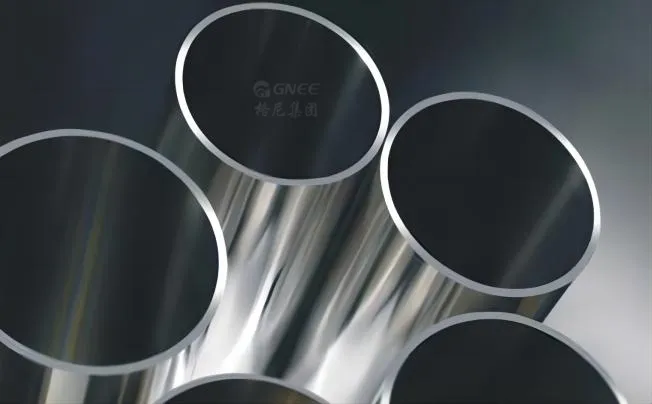304 Stainless Steel Round Tube
An exclusive variety of stainless steel tubing constructed from an alloy of grade 304 is known as 304 stainless steel round tubing. It is a highly adaptable stainless steel that is frequently used because of its superior mechanical and corrosion resistance. The round tube’s shape makes it appropriate for a range of uses, including industrial, decorative, and structural ones. Because they may be found in a range of sizes and wall thicknesses to suit the needs of a particular project, 304 stainless steel round tubes are frequently used in the manufacturing, automotive, and construction sectors.
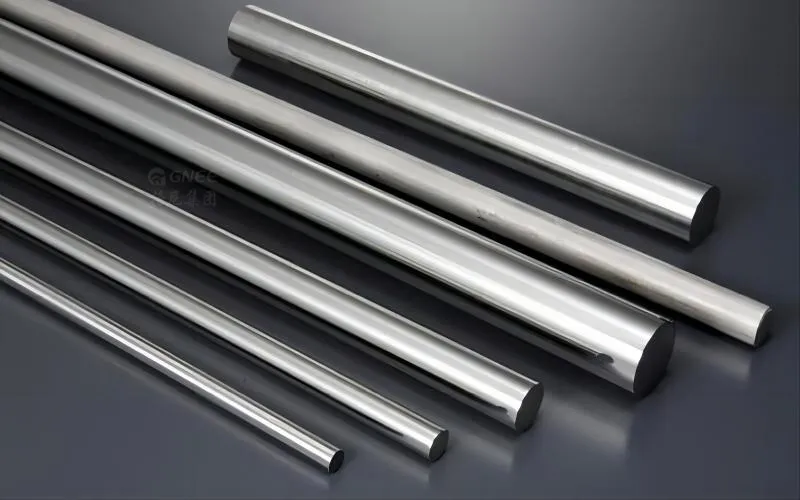
304L Stainless Steel Round Tube
A specific form of stainless steel pipe constructed from the 304L grade stainless steel alloy is referred to as 304L stainless steel round pipe. It is a lower carbon version of grade 304 stainless steel that has a lesser risk of corrosion in these settings and a higher resilience to sensitizing. It also excludes any detrimental precipitates in the temperature range of 800 °F to 1,500 °F, such as may occur in the heavier areas of a weld. Due to its ability to reduce the potentially dangerous carbide precipitates that can occur during welding, 304L stainless steel round tubing is frequently utilized in applications involving welding. deposits of carbide that may develop while welding. It is appropriate for a range of industrial, architectural, and structural applications because it has similar mechanical qualities to stainless steel round tube 304 and exhibits similar levels of corrosion resistance.
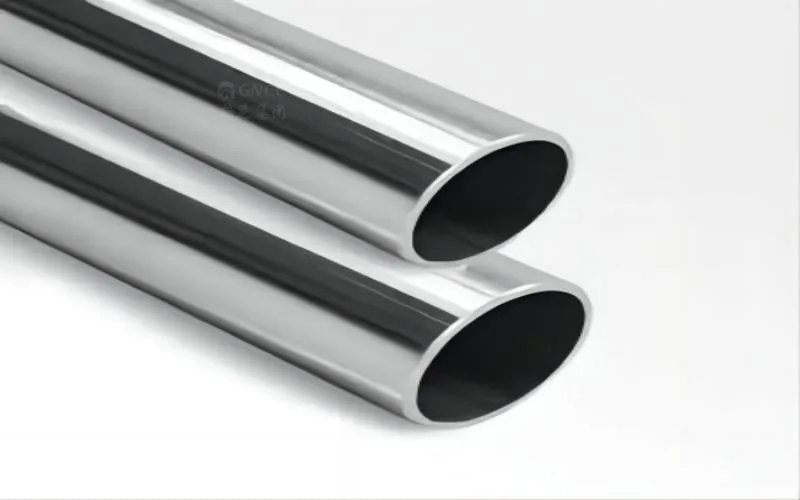
316 Stainless Steel Round Tube
A particular style of stainless steel tube constructed from grade 316 stainless steel alloy is referred to as stainless steel round tube 316. Excellent corrosion resistance, high strength, and outstanding weldability are all features of grade 316 stainless steel. Because of the molybdenum it contains, it is more resistant to corrosion in a variety of settings, including maritime and extremely corrosive ones. In applications where exceptional corrosion resistance is required, such as in maritime equipment, chemical processing, pharmaceuticals, and food processing sectors, stainless steel round tube 316 is frequently utilized. It is offered in a variety of sizes and wall thicknesses to meet the requirements of various projects.
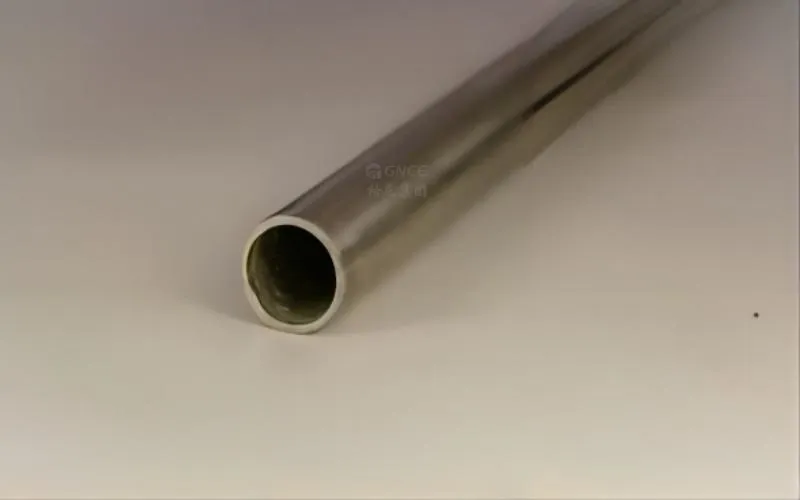
316L Stainless Steel Round Tube
A unique variety of stainless steel tubing constructed from an alloy of the 316L grade is known as 316L stainless steel round tubing. It is a grade 316 stainless steel variation with reduced carbon, which offers higher corrosion resistance and weldability. It is excellent for applications involving welding because of the low carbon concentration, which reduces the creation of potentially dangerous carbide deposits during welding. Wherever excellent corrosion resistance and endurance are required, 316L stainless steel round tubing is frequently used in the marine, chemical processing, pharmaceutical, and food processing industries. It is offered in a range of sizes and wall thicknesses to satisfy the demands of certain projects.
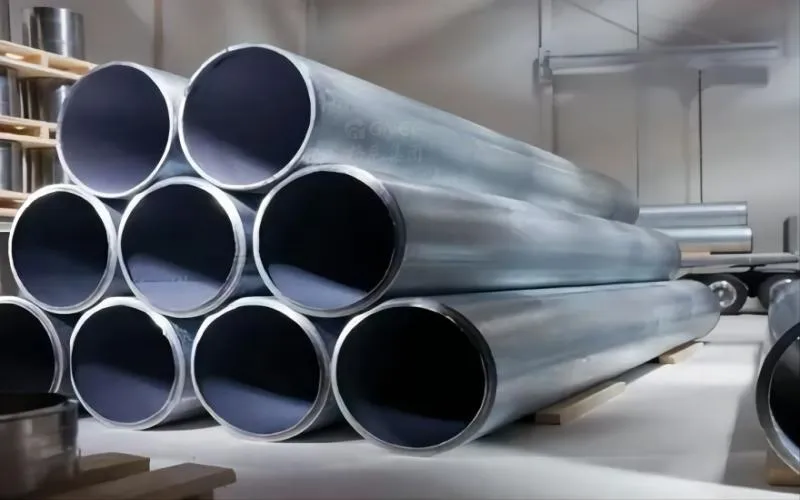
What is the stronger square tube or round tube?
1. Manufacturing: When opposed to round tubing, square tubing requires less specialized measuring but more labor-intensive production. One flat sheet of metal is created by processing many dies worth of metal coils. The metal is then soldered from the inside to create a square shape after being bent four times.
Round tubing requires less material to make due to its shape, which results in a lighter product and lower manufacturing costs. Before being welded, metal coils are flattened into a sheet and fashioned into a circle. Additionally, it is considerably simpler to thread, seal, and insulate round tubes.
2. Strength: Square tubing provides greater strength when it is used in single, unbent segments. That is why it is employed in the construction of buildings or to erect obstacles. Square tubing loses some of its strength when put under pressure due to its vertical edges and the way it distributes tension. Square tubing is more prone to distortions like buckling and rippling under stress.
Round tubing has a single continuous surface without any edges, in contrast to rectangular tubing. Pressure is uniformly distributed under stress. As a result, there are fewer chances of unintended bends, breaks, and crimping. Since cylindrical tubing doesn’t have any weak spots at the corners and maintains its strength throughout its internal and exterior surfaces, it is stronger than rectangular tubing. Additionally, it is less prone to flexing and twisting underweight.
3. Formability: Square tubing is more prone than round tubing to collapse under pressure. Its form does, however, make fabrication easier because it’s considerably simpler to cut and weld into precise shapes to fit particular places.
For bending and shaping, round tubing works best. Metal bends uniformly in all directions because of its cylindrical shape. A properly bent object has little chance of concaving or distorting.
It’s crucial to keep this in mind when deciding the tube form to use: Every project and application is unique. Round tubing is the obvious choice when manufacturing costs, strength, and bendability are important considerations for a project. Square tubing makes more sense in some situations, especially if you’re installing it somewhere where tube shape counts. Consider a small area with several steep turns, like the interior of an appliance.


